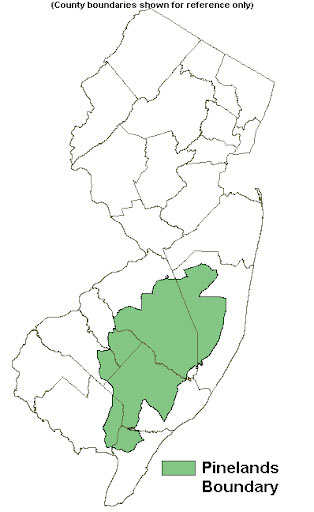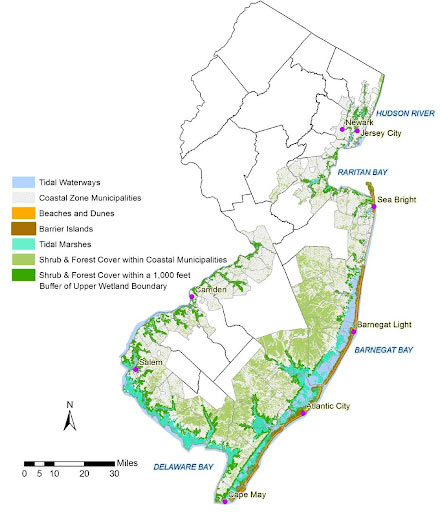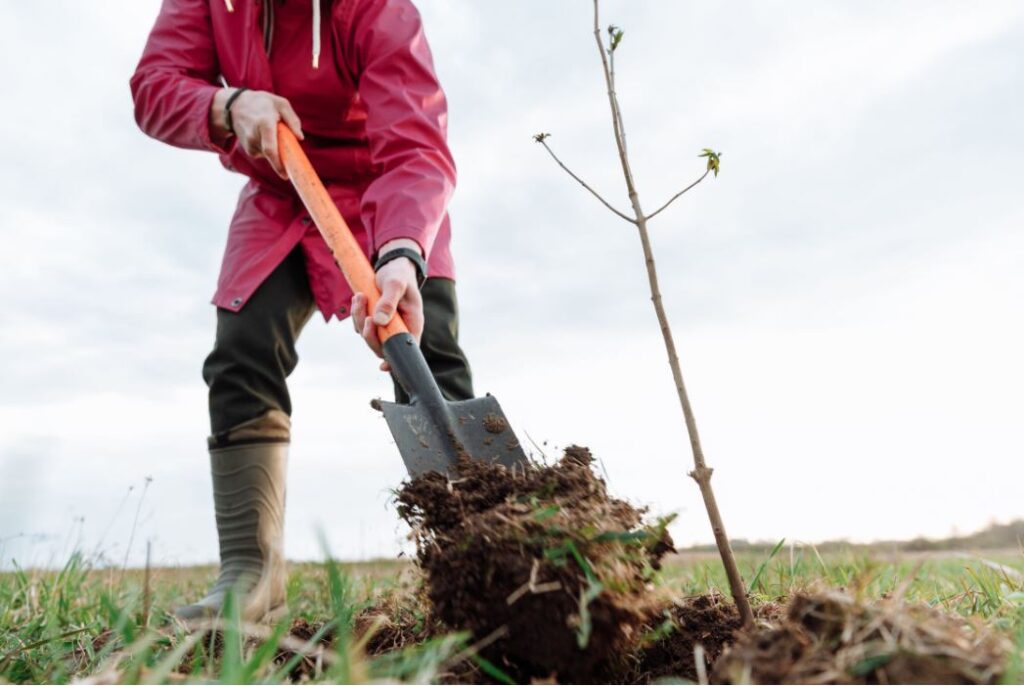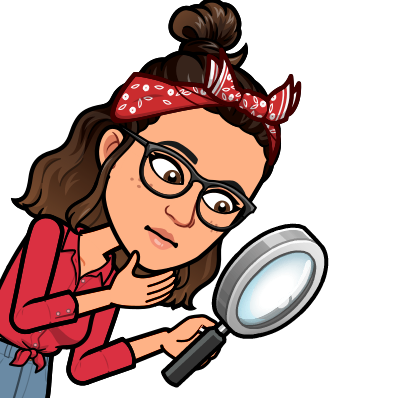What Do You Already Know About Soil? Please print the “Soil KWL Chart” and write what you know in the “Things I Know” column.
Understanding your soil will help you create your beautiful garden!

You might think all soil looks the same but they can be very different. How can we tell what makes up the soil our yard? One way to tell is to know your ecoregion!
Our ecoregion tells us a lot about our soil. Ecoregion is a “Large area that includes generally similar … environmental resources… [including] patterns of vegetation, animal life, geology, soils, water quality, climate, human land use, and other ecosystem components”. Soils tends to be similar within an ecoregion!
New Jersey is split into two ecoregions; Pinelands (also known as Pine Barrens) and Barrier Island/ Coastal Habitat. The Pinelands are characterized by “sandy… soils, frequent fires, and extensive pine-oak woodlands”. The Barrier Island/ Coastal Habitat is characterized by “offshore [sections] of sand … separated from the mainland by a bay or other …body of water.”
Ecoregions of New Jersey



Learn more about the differences between NJ’s ecoregions at the links below:
- Landscaping in the Pinelands
- The Pine Barrens Up Close and Natural: Inquiry Based Curriculum (Geology and Soils; Page G2)
- Plants of the Pine Barrens Ecosystem
- Barrier Islands Habitat
- Barnegat Bay Habitat and Plant Communities (a part of the Barrier islands)
View videos and pictures of both ecoregions:
Watch this video about Plants of the Pine Barrens

Understanding the soil in our own backyards!
Just as our Pinelands and Barrier Islands are beautiful and unique, soils can be very different and valuable to only certain plants in these regions. In this step, you will prove your knowledge of your New Jersey soil by growing plants!
GROUP ACTIVITY!
See Instructions From Your Troop Leader To Continue

Part 1 – Become acquainted with your soil
Your leader will either give you Barrier Island soil or Pineland soil. It is your job to figure out which one it is! Scoop a handful of soil.
Use Your Senses to Learn More!

Sight
Use your EYES to see the color of the soil – is it a rich dark brown? Are there moving creepy crawlers such as worms and other insects?

Touch
Now, use your HANDS to feel the texture – is it soft and crumbly or hard and compacted? Roll the soil between your fingers to find out!

Smell
Now, use your NOSE to smell the soil. Does it smell fresh or rotten?
What Did You Observe?
Go back to your Soil KWL Chart! Fill out the “Things I Observe” column on what you have noticed when using your senses and viewing in your soil.
What Do You Wonder About Soil Testing?
Next, you and your troop will test the soil to find out if you were right about which soil you were holding and how to properly take care of your soil. Watch this video to see what you and your girl scout troop will be doing with your leader
Before your troop gets the results for your soil back, predict what you think will happen! What do you think the results will be? Do you have any more general questions about soil? Write it all in the “Things I Wonder” column.
Watch this video – How to Take a Soil Test
Now, wait for the results of your soil test to come back. Your troop leader will let you know when to move on to the next step!

Part 2 – Choose Native Plants!
Your troop leader will split you into pairs or groups. Using the information from your troop’s soil test group activity along with your own soil observations, find six plants to grow in your soil. View the Jersey Yards native plant database to find six New Jersey natives that interest you and will live happy in your soil’s conditions.

Part 3 – Create Your Book!
Finally, you will create an book, using the website “My Story Book” with your group.
Sign up for free with your troop leader’s help!
- On the cover page, write about your soil: What did you and you group observe with your senses? What were the results from the soil test (was your soil from the Pine Barrens or Coastal Barriers)?
- Then, on each page of your story book, explain one of your 6 plants. Your group will provide:
- A picture of each plant
- The name of each plant
- The “Soil Characteristics” found on the databases
When reading about each plant in the database, look for section that says “Grows in Special Ecoregions” If you are unsure if your group’s plants will grow successfully in your troop’s soil, ask your troop leader for help!
Visit the website My Story Book to begin creating your book

Remember to submit your story book to move on to step 4.
Congratulations! You completed Step 3 of your Girl Scout Gardener Badge!
Please wait for your leader’s instruction before moving onto Step 4!
Click Here to go back to the main Gardener Badge Page.

